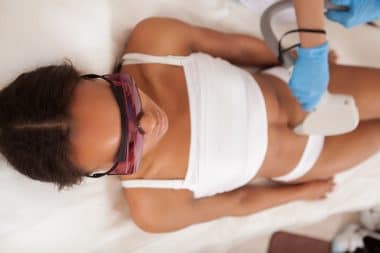We have hair over almost all of our bodies, but we tend to care most about the hair on our heads because it is an important aspect of body image. Scalp hair can reflect our health, personality, age, and many other aspects of who we are. Here are some interesting facts about what we sometimes refer to as our crowning glory.
Hair is produced by hair follicles. These organs are special in that, like the eyes and the brain, they are protected from attack by the body’s immune system. There are between 100,000 and 150,000 hair follicles on a typical scalp.
Up to 90 percent of all hair follicles produce large pigmented hairs called terminal hairs; the rest produce finer vellus hairs. Each follicle can produce about 20 separate hairs over a lifetime. Over time, however, individual hairs become thinner and shorter, and hair density decreases as scalp tissue and hair follicles age.
Hair is made mainly from a protein called keratin, along with some water, pigments, fats, minerals, and vitamins. It has three main regions: an inner soft protein core, a surrounding protein layer that forms the bulk of the hair and provides most of its strength, and an outer protective sheath. Apart from the region of growth in the hair follicle, hair is dead
The outer protective sheath of each hair, called the cuticle, is comprised of overlapping layers of scales. The outer surface, called the f-layer, has a fatty substance that protects hair and makes it water-resistant. The f-layer can be removed or damaged by chemical and physical treatments such as perming, coloring, brushing, and styling. Sunlight has a negative affect too. A damaged f-layer leaves the hair vulnerable to further harm.
The natural color of hair is determined by melanin-based pigments. Dark and pale pigments in differing proportions produce a range of hair colors from black through red to blond. Over time, pigment production stops and hair becomes grey.
Curly hair is formed in hair follicles that have a kink in them; straight hair comes from straight follicles. The shape of the hair shaft in curly hair is oval or almost flat, whereas straight or slightly wavy hair tend to have rounder shafts. All of these hair shapes can be present on one head of hair.
Hair does not grow continuously but in a three-stage cycle consisting primarily of a growth phase, a resting phase, and shedding phase. The length of each of these phases is determined by genes, hormones, and other factors, such as aging. Increased shedding can also occur during illness, after childbirth, around the time of menopause, or following sudden, severe weight loss.
Many men experience male pattern baldness, which characteristically starts with a receding hairline followed by loss of hair on the crown of the head. There are several causes, with genes, hormones, and age playing their parts. About half of all men experience a degree of baldness by the age of 50.
Each hair grows independently. Most hairs are in the growth phase, but up to 10 percent of all hairs come to the end of their lives after several years of growth. This means that each day, a healthy person loses between 50 to 100 hairs.
Newborns do things differently. All their hair goes through the growth cycle almost synchronously and at a fast rate. The hairs shed at the around the same time, often leading to baldness, particularly at the back of the head. Sometimes babies born with hair lose it all within a few months of birth. When the hair grows back, it can have a different color and texture.
The nature of hair is complex and interesting. It is a robust material but not indestructible. It falls out and grows back time and again. Eventually, the abundance of hair enjoyed in younger days will be lost. To the extent that the characteristics of hair is determined by genes, we do have some influence over its looks and its health. Be kind to your hair if you want keep your crowning glory looking great throughout your life.







Reply